The consortium partners
The founding 11 leading aerospace universities are University of Bristol; University of Cambridge; Cranfield University; Imperial College of Science, Technology and Medicine; University of Manchester; University of Nottingham; Queen’s University Belfast; University of Sheffield; University of Southampton; University of Strathclyde and Swansea University.
The University of Bristol is ranked among the top 40 universities in the world and in the UK’s top five for research. We are also one of the top five targets for the UK’s leading employers of graduates. The University benefits from the concentration of aerospace industry in the South-West of England and a key feature of the Faculty of Engineering’s research is its close links with the aerospace industry including Airbus, Rolls-Royce, Leonardo (formerly AgustaWestland), BAE Systems and others further afield. The National Composites Centre is closely linked to the Faculty via the Bristol Composites Institute (ACCIS).
The Whittle Laboratory, Cambridge University Engineering Department, undertakes world leading experimental and computational research and has long established links with international manufacturers of turbomachinery (including RR, Siemens, MHI, Dyson) and more recently with companies such as Reaction Engines.
Its research activates have received extensive recognition, for example publications from the Whittle Laboratory have received the ASME Gas Turbine Award nine times in the thirteen year period (2004-16) and it researchers can be found throughout aerospace engineering companies.
The Whittle Laboratory with Oxford and Loughborough Universities run a CDT/MRes course in Future Power and Propulsion (previously Gas Turbine Aerodynamics).
Cranfield University is the only university in Europe with its own airport, runway and air navigation service provider (ANSP). Through the strong links with industry we have built over the past 70 years, we focus on defining and delivering the aircraft, airport and airspace management of the future. Using our expertise in propulsion, aeronautical engineering, intelligent automation, autonomous systems, and computational engineering we are creating tomorrow’s air vehicles and businesses here today. Cranfield has more than 200 doctoral students and 400 master’s aerospace students drawn from around the world, making it the UK’s top destination for postgraduate aerospace engineering students and the largest provider of accredited aerospace degree courses.
The Department of Aeronautics is extensively involved in green aviation technologies for low drag (theoretical, numerical and experimental investigation of innovative flow control strategies), low mass (development of advanced and multifunctional materials and application of multi-scale modelling to guide this development and to evaluate the performance of innovative airframe structures) and low maintenance (structural health monitoring of composite airframes). Our research is underpinned by excellence in the fundamentals of fluids, structures and control, and by state-of-the-art facilities including a wide range of wind tunnels, specialist manufacturing and inspection facilities for composites, and extensive equipment for mechanical testing of materials and structures.
The University of Manchester is committed to world-leading research making the most of the opportunities that our size and breadth of expertise affords. The Aerospace Research Institute provides coordination between Schools and Industry helping to position Manchester at the forefront of international aerospace research. Spanning the Faculty of Science and Engineering, aerospace research at Manchester is truly multidisciplinary encompassing aerodynamics, materials, electrical systems, structures, robotics, the environment, and fire engineering. The University also has a strong heritage of space research encompassing the pioneering radio astronomy work at Jodrell Bank, planetary science and cosmochemistry, space instrumentation and space technology development.
The University of Nottingham’s Institute for Aerospace Technology (IAT) is a major centre for aerospace research. We are always searching to discover the next innovation within aerospace by bringing people and projects together.
Specialists from global aerospace companies and aviation leaders have joined forces with our inspirational team of over 400 researchers and academics and together we are creating an extraordinary future for aerospace technology.
Our ambition and drive makes the IAT a partner of choice in our five key areas of research:
– Aerospace Electrification,
– Future Flight,
– Aerospace Manufacturing,
– Aerospace Materials and Structures,
– Aerospace Operations.
Queen’s University Belfast was founded by Queen Victoria in 1845 as one of three colleges which made up the Queen’s University of Ireland; the others being in Cork and Galway. In 1908 the three Queen’s Colleges were dissolved and Queen’s University Belfast became an independent institution. Queen’s is a member of the prestigious Russell Group of top research-intensive Universities.
The first Engineering School was founded in 1912 and today the Faculty of Engineering and Physical Sciences, is home to six schools, including the School of Mechanical and Aerospace Engineering. The School’s research profile is represented by six interrelated themes; Advanced Manufacturing and Processing, Biomaterials and Biomechanics, Clean Energy, Composite Materials and Structures, Future Aircraft and Simulation Technologies.
The University of Sheffield is renowned for its world leading research in aerospace through its partnership with leading industries such as Boeing, Airbus and Rolls-Royce. It is home to centres of excellence such as the Boeing Advanced Manufacturing Research Centre, two Rolls-Royce supported University Technology Centres in Control and Systems Engineering, and Electrical Machines and Drives, and the Royce Translational Centre for Advanced Materials. These are strongly supported by the University’s Energy Institute, the Leanardo Centre for Tribology, the Low Carbon Combustion Centre and the Laboratory for Verification and Validation of large structures whose research spans aerospace applications.
The University of Southampton is an aerospace research intensive university with a history of research excellence and strong industry connections. Key areas of aerospace strength include noise through the Institute of Sound and Vibration Research (ISVR), computational engineering and design, flow control in aerodynamics and flight mechanics, machine learning and artificial intelligence, autonomous systems, electronics and computer science, sensor systems, photonics and opto-electronics, x-ray computed tomography, human factors and optimization and mathematical modelling. The university has extensive corporate partnerships with aerospace primes, particularly through Rolls-Royce and Airbus technology centres, and it supports aerospace companies across the supply chain to innovate and deliver.
The University of Strathclyde is a leading international technological university based in the centre of Glasgow. Founded as ‘a place of useful learning’, our mission is to make a positive difference to the lives of our students, to society and to the world. The excellence of our research is evidenced by our position amongst the UK’s top 20 research-intensive universities, according to THE’s analysis of REF2014. In aerospace, this is exemplified by our Advanced Forming Research Centre, Rolls-Royce UTC and wider network of multi-disciplinary research centres driving world leading innovation and skills in manufacturing methods, electrification solutions and digitalisation methods.
Swansea University was founded in 1920, by industry for industry. It is recognised as one of the top ten UK universities for research excellence in Engineering disciplines. Based on the £600M state-of-the-art beachfront Bay Campus, the College of Engineering has a long-established tradition of extensive engagement with the aerospace industry in key technology areas: materials technology (characterisation, development, modelling, accredited testing); computational modelling (aerodynamics, simulation based design, optimisation, light weighting, electromagnetics, data analytics, artificial intelligence); manufacturing (additive manufacture, robotics/cobotics, Industry 4.0). Applications include aerodynamic design of wings, accredited materials testing in the Rolls Royce UTC and additive manufacture for space companies.
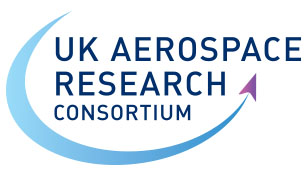
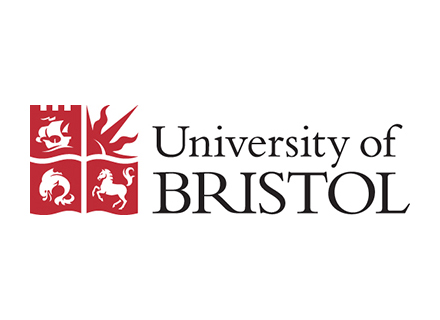
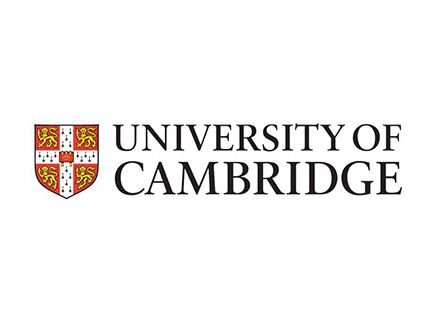
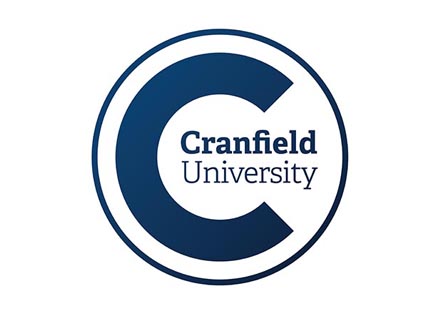
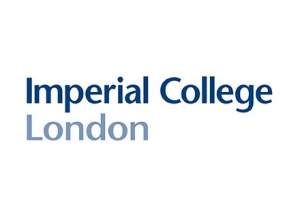
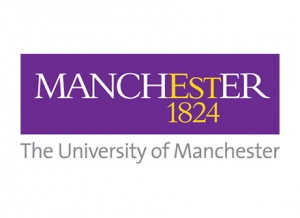
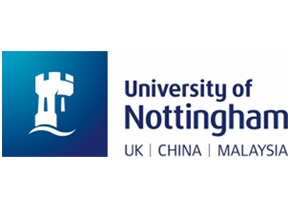
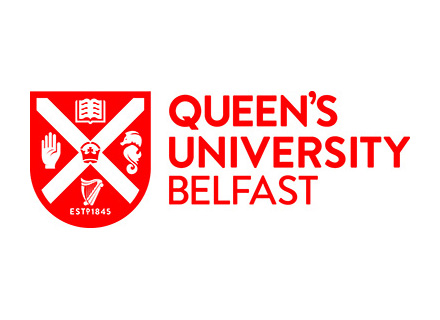
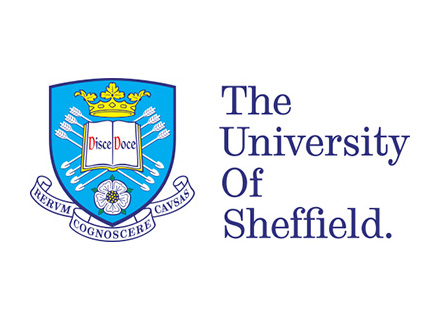
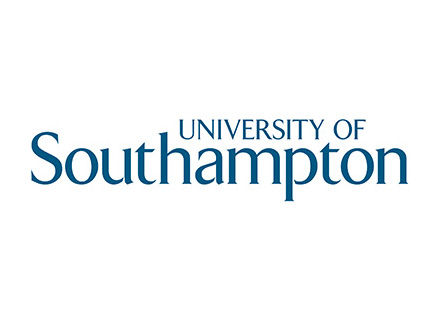
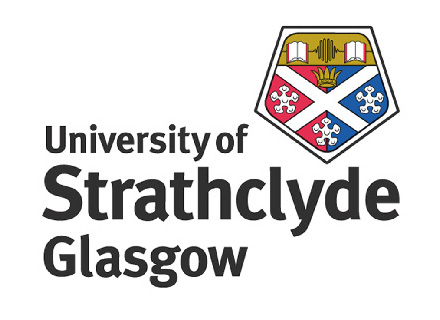
![1001-SwanUni-Eng 2017 [662] v1](https://www.ukarc.ac.uk/wp-content/uploads/2020/07/1001-SwanUni-Eng-2017-662-v1-300x205.png)